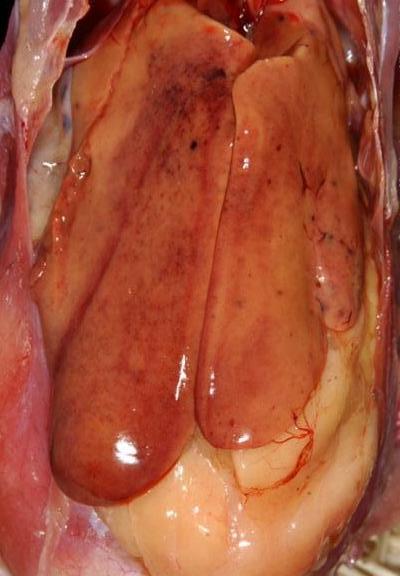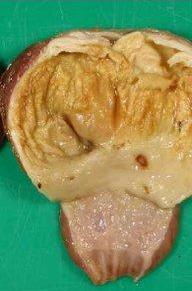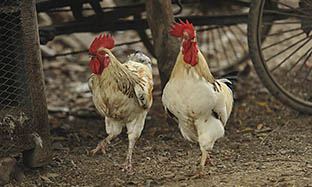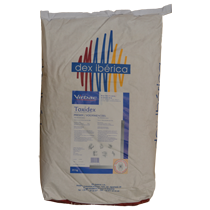
Mycotoxins in Poultry
Mycotoxins, the secondary metabolites of fungi, are a global concern. At aerobic conditions, fungal growth in feed raw materials is inevitable. There are many species of fungi that produce mycotoxins, but the majority of the fungi that form mycotoxins belong to only three genuses: Aspergillus (aflatoxin & ochratoxin), Penicillium (ochratoxin) and Fusarium (fumonosins & trichothecenes). Although numerous mycotoxins produced by these fungi are present, only some of these mycotoxins exert pathogenic characteristics. The poisoning in animals caused by feeds contaminated with mycotoxins may range from a slight reaction to death.
Fungal growth and mycotoxin production starts in the cropland, during transportation or storage, and are affected by environmental conditions like seasons, rainfall, drought and time of harvest. Poultry feed contain various raw materials that were produced under different climatic conditions and were transport and stored differently. For this reason, multiple types of mycotoxins might be found in a feed. Poultry feeds can contain one or more of the following toxins; aflatoxins, ochratoxin, fumonisins, trichothecenes (deoxynivalenol or DON and T‐2 toxin).
Crops are affected by fungi and mycotoxins each year and this generally results in yield loss and reduced crop value. Mycotoxin contamination of poultry feed can significantly affect the health and productivity of poultry.
Immunosuppression
Mycotoxins can result in immunosuppression, which will decrease the resistance of animals, rendering them more susceptible to diseases.
Clinical Signs
Mycotoxins can result in different clinical signs depending on the type of toxin or combination of toxins present in the feed, as well as the quantity of toxins
- Nervous signs (neurotoxicity); lack of reflexes and abnormal wing positioning
- Blood cell damage (hematopoietic effects); haemorrhages, anaemia, pale bird syndrome & higher number of bruises in broilers
- Kidney problems (nephrotoxicity); increased water consumption and renal dysfunction (wet litter)
- Gastro-intestinal effects; diarrhoea
- Dermal & mucous membrane effects; impaired feathering, oral lesions & gizzard erosion. Decreased feed intake and feed refusal, reduced daily weight gain, impaired FCR & lower slaughter weights. Decline in egg production, egg size, egg weight, egg shell quality & hatchability.
- Liver damage; jaundice (yellow skin)
- Hatch defects; lower hatchability, increased number of rejected day-old chickens



Mycotoxicosis should be suspected when the history, signs, and lesions are suggestive of feed intoxication, and especially when mouldy ingredients or feed are evident. Definitive diagnosis involves detection and quantitation of the specific toxin(s). Mycotoxin formation can be localized in a batch of feed or grain. Multiple samples taken from different sites increase the likelihood of confirming a mycotoxin formation zone (hot spot).
A post mortem examination and diagnostic tests should accompany feed analysis if mycotoxicosis is suspected. Concurrent diseases can adversely affect production and should be considered.
The toxic feed should be removed and replaced with new feed. Concurrent diseases should be treated to alleviate disease interactions, and substandard management practices must be corrected. Extra vitamins, minerals & amino acids (Phenix Stresspack or Carmino +), as well as liver support can be considered.
Prevention of mycotoxicoses should focus on using feed and ingredients free of mycotoxins and on management practices that prevent mold growth and mycotoxin formation during feed production, transport and storage.
Various toxin binders are available to include in feed to reduce mycotoxin levels in feed, i.e. Toxidex from Virbac Animal Health.
Toxidex mycotoxin binder inclusion levels Phenix Stresspac
In feed to control mycotoxins
Toxidex mode of action: bind mycotoxins in & eliminate


